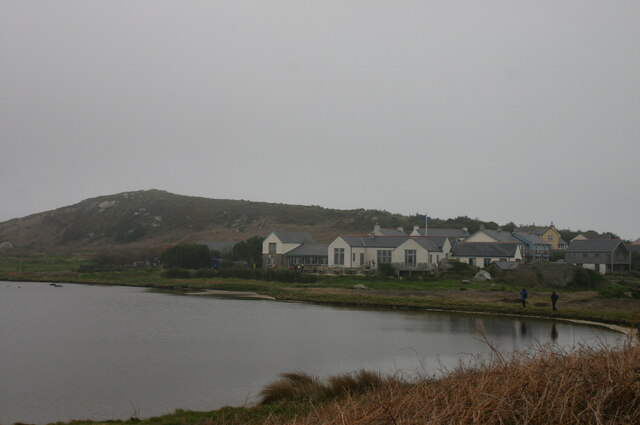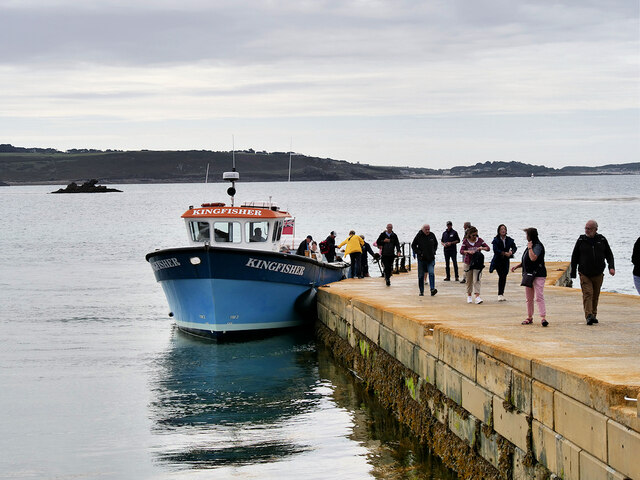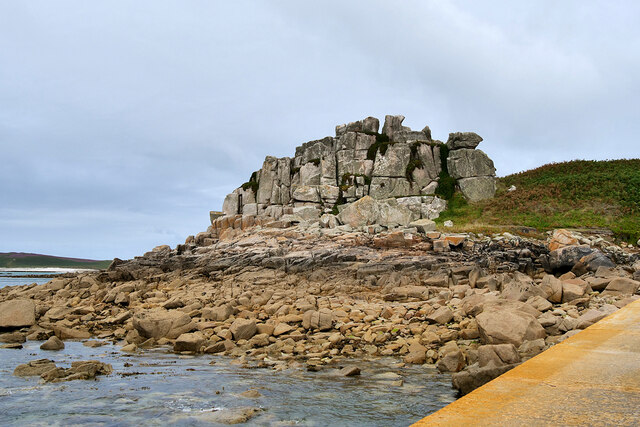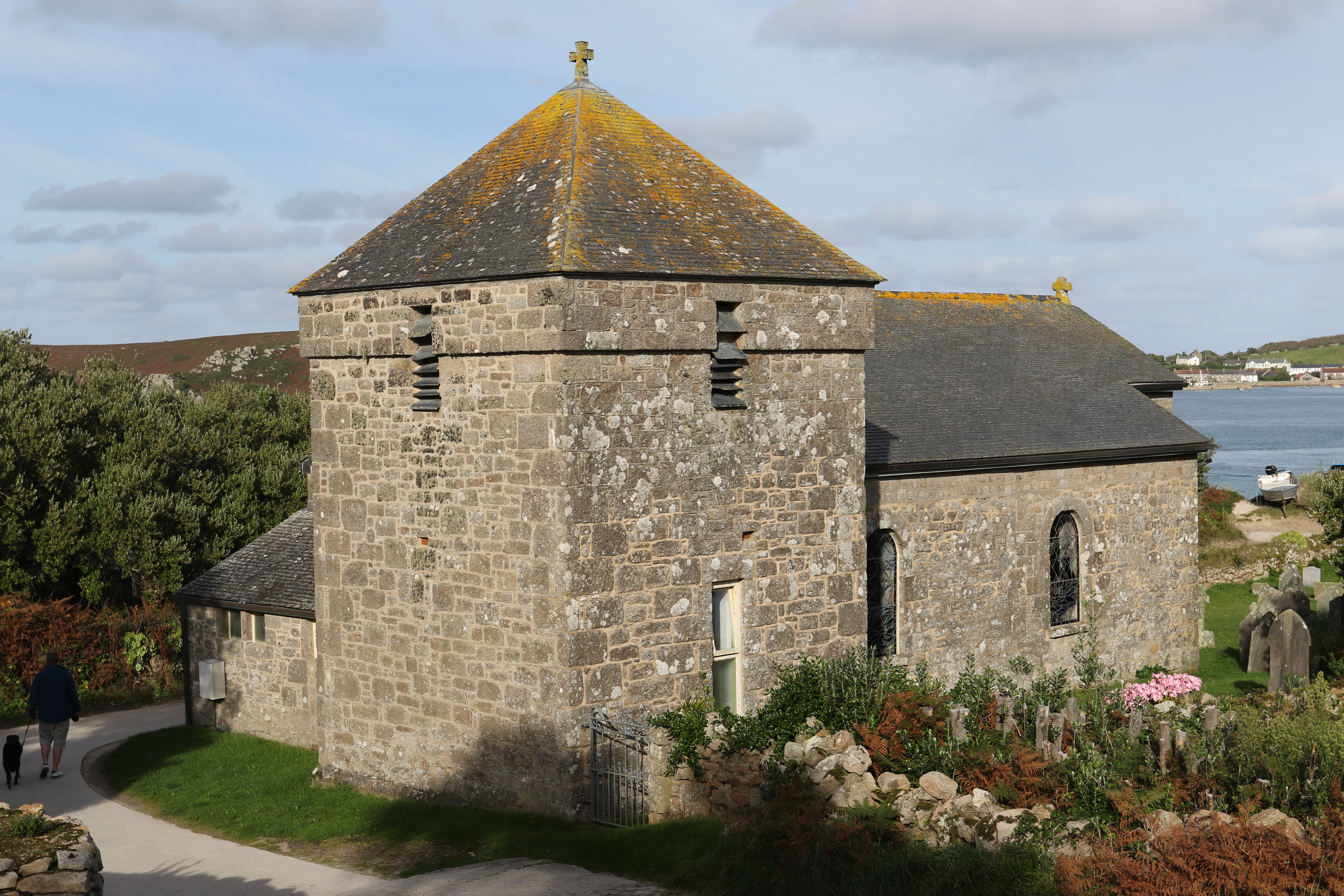South Stony Porth
Bay in Cornwall
England
South Stony Porth

South Stony Porth is a picturesque bay located in Cornwall, a southwestern county of England. Situated on the rugged and breathtaking coastline, this bay is known for its natural beauty and tranquil atmosphere.
The bay is characterized by its stunning sandy beach, which stretches for approximately 1.5 kilometers. The golden sand is contrasted by the surrounding cliffs that provide a dramatic backdrop to the bay. The crystal-clear waters of the bay are perfect for swimming, making it a popular destination for locals and tourists alike, especially during the summer months.
South Stony Porth offers a range of activities for visitors to enjoy. The bay is ideal for sunbathing and picnicking on the soft sand, while the calm waters are perfect for paddleboarding and kayaking. Exploring the rock pools at low tide is also a favorite pastime, allowing visitors to discover a variety of marine life.
The bay is surrounded by stunning natural scenery, with rolling green hills and rugged cliffs adding to its charm. It is a haven for wildlife, with seabirds nesting along the cliffs and dolphins occasionally spotted in the bay. The South West Coast Path, a popular hiking trail, passes through the bay, offering breathtaking views of the coastline and providing opportunities for longer walks.
South Stony Porth is easily accessible, with ample parking available nearby. Facilities such as toilets and cafes can also be found in close proximity, ensuring visitors have everything they need for a comfortable and enjoyable stay. Whether it's for relaxation or adventure, South Stony Porth is a truly captivating destination in Cornwall.
If you have any feedback on the listing, please let us know in the comments section below.
South Stony Porth Images
Images are sourced within 2km of 49.943469/-6.3580339 or Grid Reference SV8713. Thanks to Geograph Open Source API. All images are credited.













South Stony Porth is located at Grid Ref: SV8713 (Lat: 49.943469, Lng: -6.3580339)
Division: Isles of Scilly
Unitary Authority: Isles of Scilly
Police Authority: Devon and Cornwall
What 3 Words
///plans.pinks.anguished. Near Bryher, Isles of Scilly
Related Wikis
All Saints' Church, Bryher
All Saints' Church is a Grade II listed parish church in the Church of England located in Bryher, Isles of Scilly. == History == Bryher is the most westerly...
Bryher
Bryher (Cornish: Breyer, lit. 'place of hills') is one of the smallest inhabited islands of the Isles of Scilly, with a population of 84 in 2011, spread...
Samson, Isles of Scilly
Samson (Cornish: (Enys) Sampson) is the largest uninhabited island of the Isles of Scilly, off the southwestern tip of the Cornish peninsula of Great Britain...
Gweal, Isles of Scilly
Gweal ( GWEEL; Cornish: Gwydhyel, lit. 'place of trees') is one of the Isles of Scilly. It is the largest of the seven Norrard Rocks due west of Bryher...
Nearby Amenities
Located within 500m of 49.943469,-6.3580339Have you been to South Stony Porth?
Leave your review of South Stony Porth below (or comments, questions and feedback).






